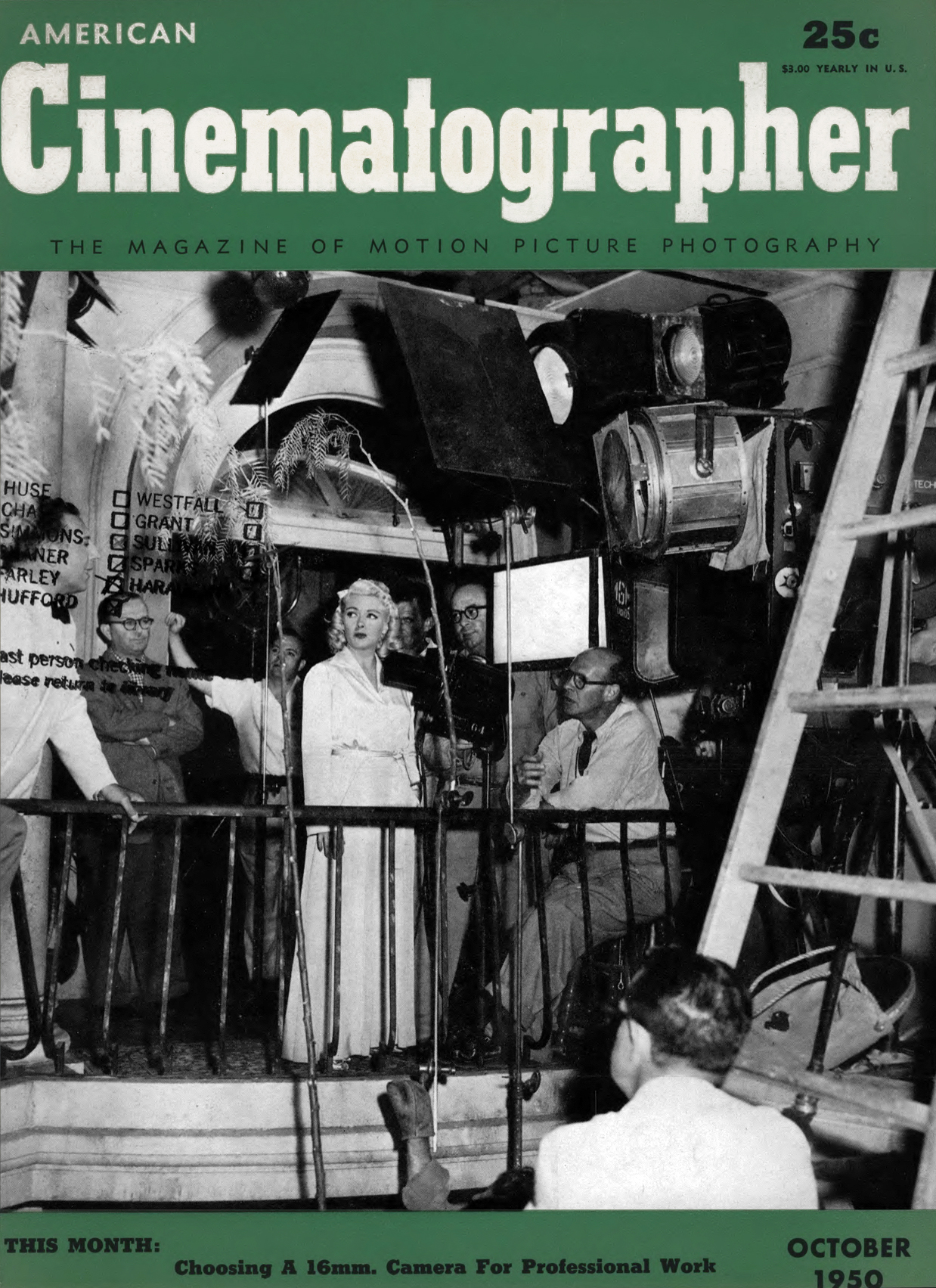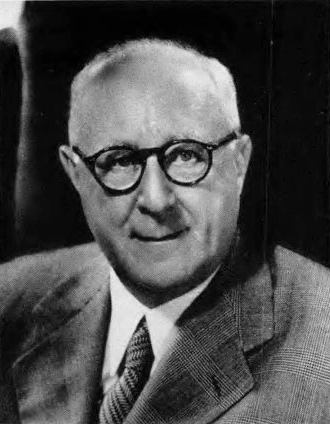
New Technicolor System Announced
New photographic process uses unfiltered incandescent light, shortens color filming schedules, cuts costs.

A new Technicolor photographic system that makes it possible to film Technicolor pictures using an amount of light within the range of that now used for black-and-white photography has been announced by Dr. Herbert T. Kalmus, President and General Manager of Technicolor, Inc., and Technicolor Motion Picture Corporation.
Years of research by Technicolor have led to the discovery and development of this new system and now for the first time photography in color by Technicolor, using low-level, unfiltered incandescent lighting has been realized. This improved Technicolor system employs an entirely new photographic device and a considerably modified procedure in the Technicolor laboratory.
The new Technicolor system has been tested by major studios with amazing results. It will broaden the scope of Technicolor photography by introducing improvements in convenience, cost and quality.

Because of the greatly reduced quantity of light required and the use of incandescent lighting units, photography of a larger number of scenes each day will be possible. This will lower the time required to produce a picture and reduce the cost. Directors and cameramen will discover important new possibilities in using this new lighting for Technicolor. The new system will also be welcomed by players and crews of Technicolor pictures as a comfort measure because the great reduction in the amount of light will be accompanied by a large reduction in the amount of heat.
With the new Technicolor system, photography of important actual scenes, such as inside a cathedral or palace or of large interior scenes of important historical events can now be accomplished, which before was much more difficult, if not impossible.
One of the great problems for European and other foreign studios has been the lack of the type and quantity of lighting equipment which color cinematography has required. This is now no longer the case and a most difficult obstacle to Technicolor production in foreign studios has been overcome with this new system.
Technicolor’s first process was additive — producing colors by mixing colored lights — and required a special projector. This gave way to the subtractive method, in which the work of rendering motion pictures in color is done in the laboratory.
The early two-component (red and green) type of Technicolor picture fell short of complete color reality. In 1932, Technicolor brought out its three-component (red, green and blue) process, by which every shade of color may be faithfully reproduced.
Technicolor has recently appropriated the sum of nearly $500,000 to carry out the program for its new system. To make Technicolor photography — using unfiltered incandescent illumination with an amount of light required down in the range that is currently used for black-and-white cinematography — available to the industry to the full extent of the Technicolor capacity, requires building new Technicolor devices, new laboratory facilities and a sizeable new building.
Although the program is under way, it is estimated that it will be from four-to-six months before the new system will be generally available so that it can be offered to the industry on a large scale. Tests and limited production photography, using the new system, will be possible in the meantime. Steps are being taken to make this new system available also to British and Continental studios.






